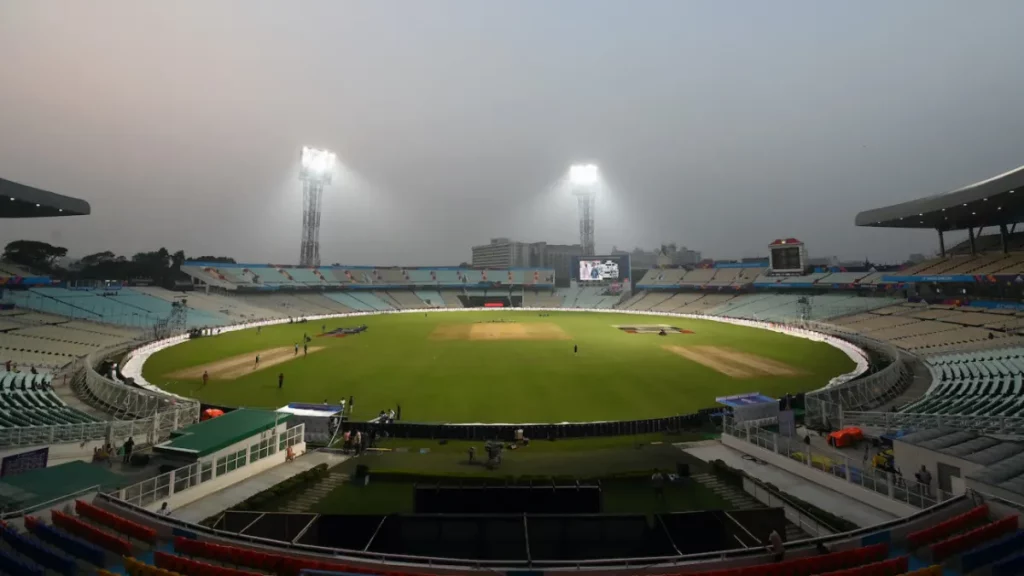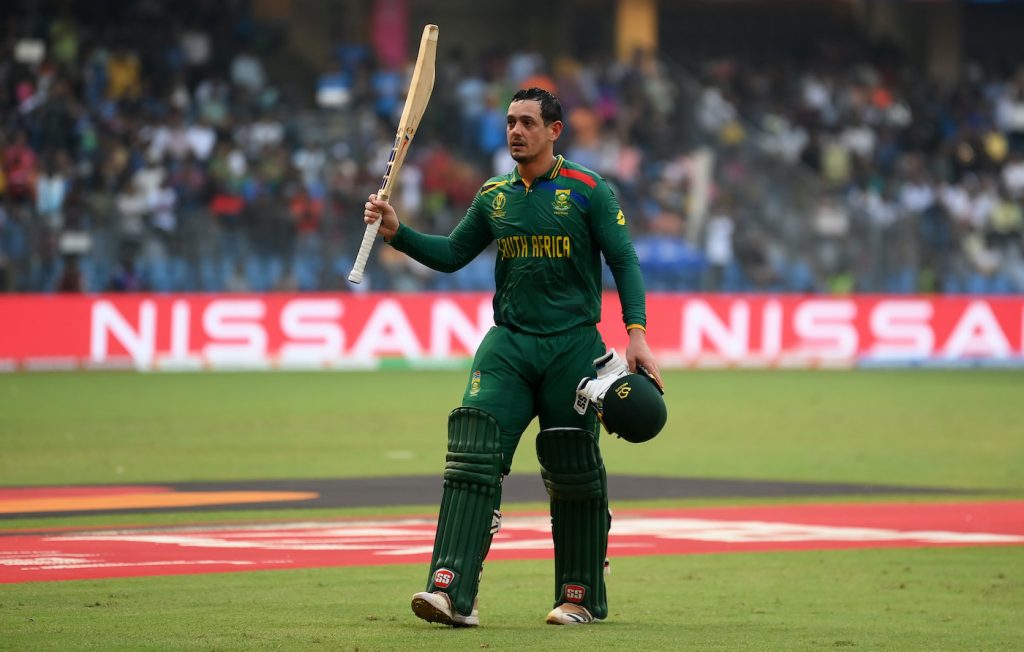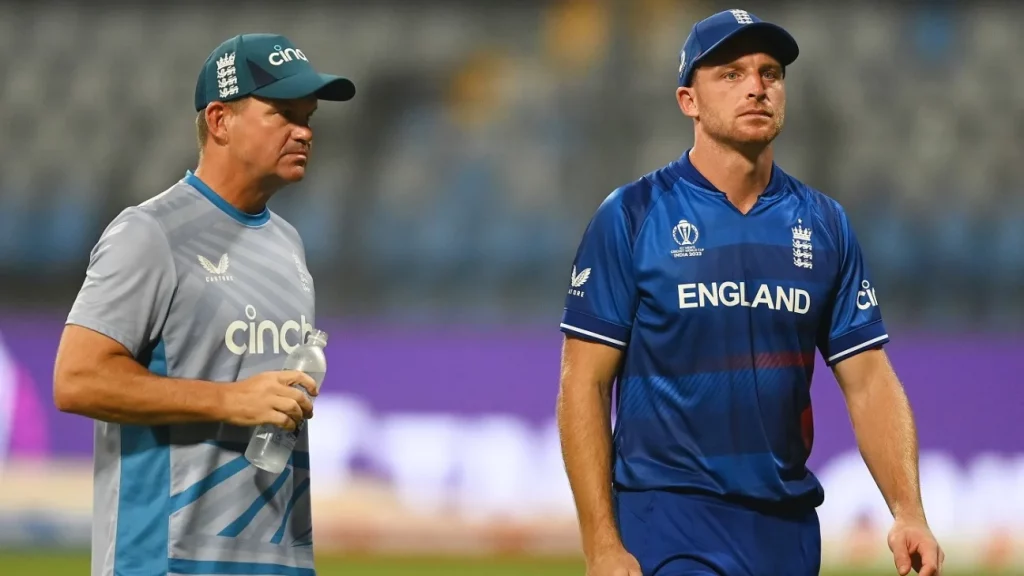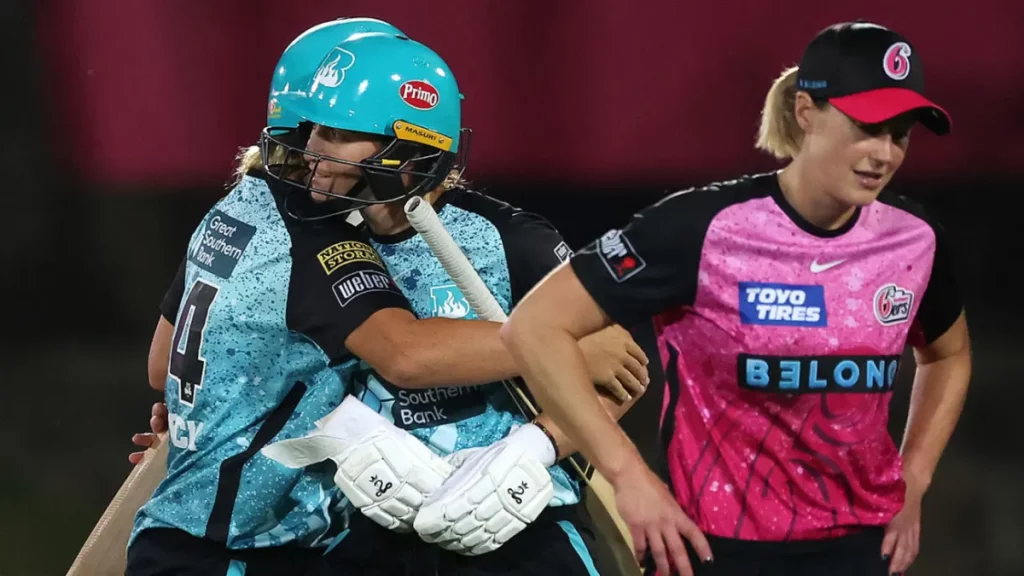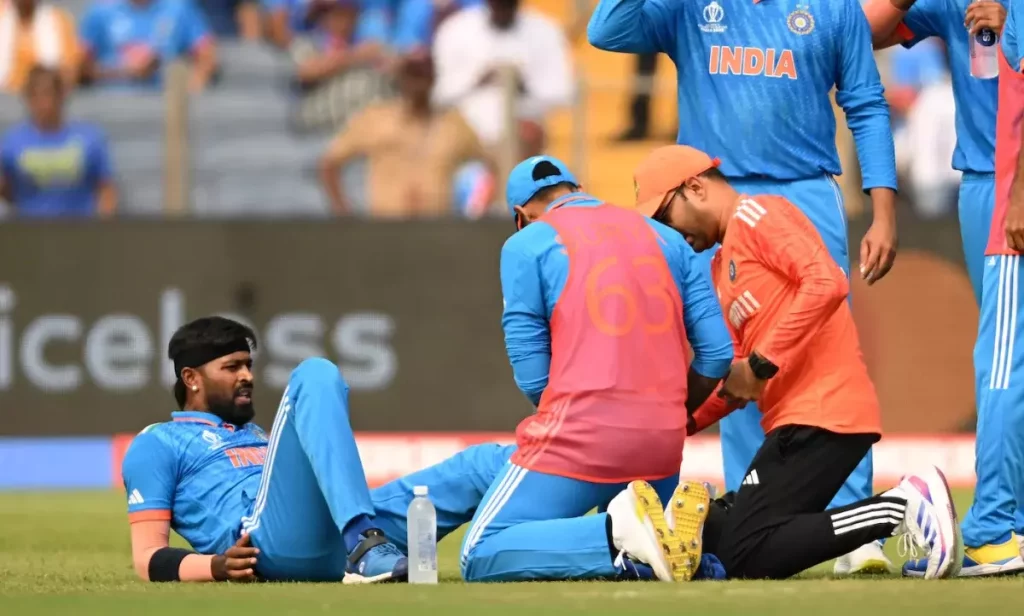In what ways does the spare day work? What if there is still no answer after the backup day?
As the excitement of the 2023 ODI World Cup intensifies into the knockout phase, the introduction of reserve days for the semi-finals on November 15 and 16, followed by the final on November 19, adds a strategic twist to the tournament.
The India-New Zealand showdown in Mumbai is expected to proceed smoothly under clear skies, but the stakes are higher for the Australia-South Africa match in Kolkata, where rain threatens to play a significant role.
Let’s delve into the specifics of how the tournament is prepared to handle such weather disruptions.
Is the weather report for Kolkata really that bad?
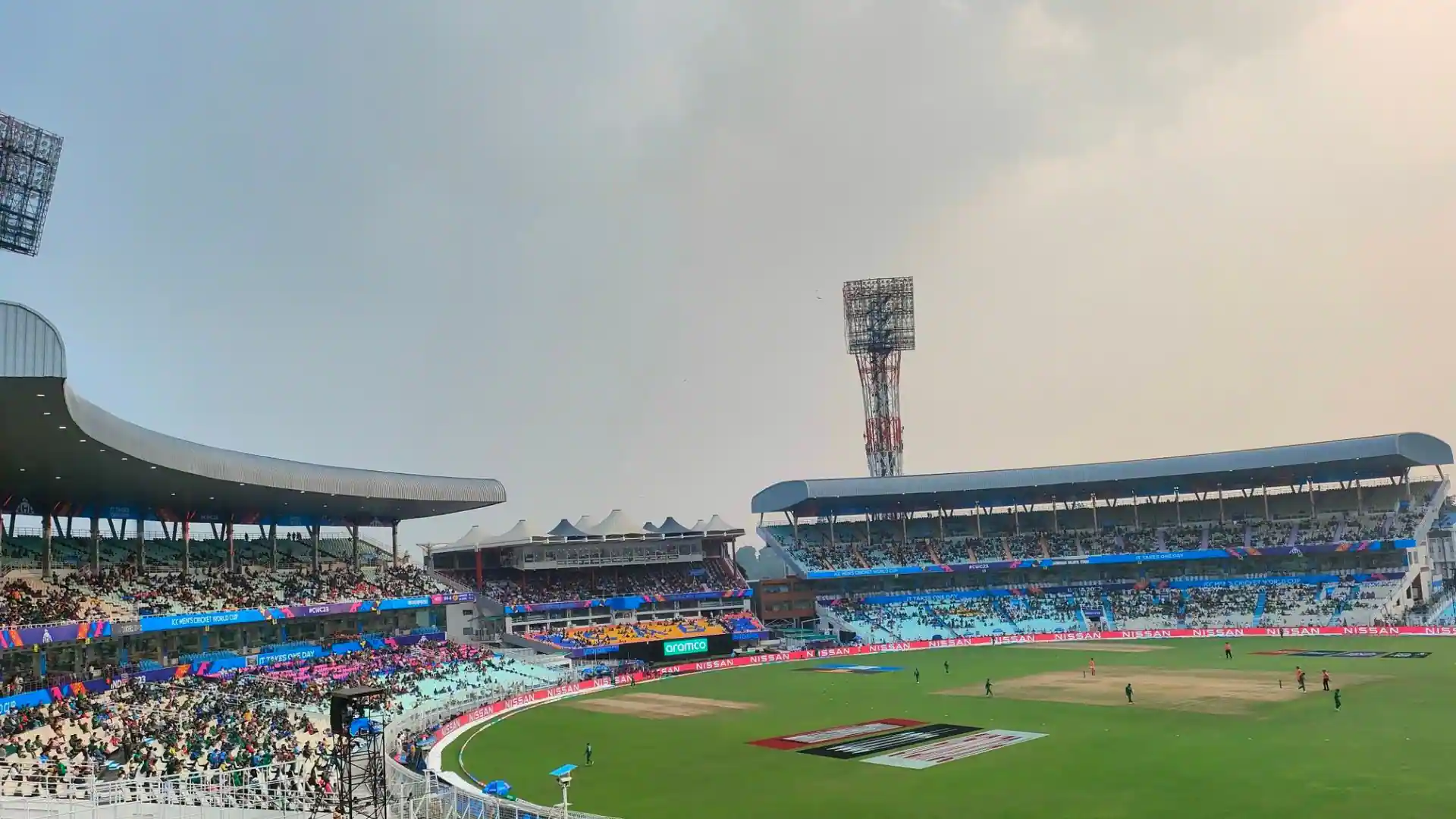
Navigating through the myriad of forecasts available online, one thing becomes clear: the threat of rain influencing the game is indeed considerable.
Presently, Friday poses a greater challenge, weather-wise. However, even Thursday, the day earmarked for the semi-final, isn’t immune to uncertainty, with predictions hovering around a 50% likelihood of showers disrupting the play.
This variable weather adds an intriguing layer of complexity to the anticipated semi-final clash.
When does the seventh day matter?
Prior to resorting to the reserve day, umpires are committed to exhausting all possibilities to conclude the match on its original schedule.
This includes trimming the game to the bare minimum of 20 overs per side, ensuring a result is achieved.
The reserve day is only considered as a fallback option if these efforts prove futile.
Notably, the 2019 semi-final between India and New Zealand at Old Trafford set a precedent for this, where the reserve day was indeed utilized, highlighting the importance of having such contingencies in place for crucial matches.
How does it do its job?
When a match is unable to conclude on its scheduled day, necessitating the use of a reserve day, there are two primary scenarios that dictate how the game will unfold, hinging on the timing of the last rain disruption.
Under the guidelines provided by the ICC playing conditions, let’s explore two hypothetical situations for clarity:
In the first scenario, imagine a match initially set for 50 overs per team faces an interruption at the 19-over mark.
The overs are then adjusted to 46 per side, and as play is about to restart, rain intervenes again, halting the day’s play.
Since the match didn’t recommence under the revised overs, it would continue on the reserve day at the original 50 overs per side, subject to further reduction as needed on the reserve day.
In the second scenario, akin to the first, the match begins with 50 overs per side and encounters an interruption at 19 overs.
After revising to 46 overs per side and as play resumes, it manages to progress for an over before rain calls off play for the day.
As the match has resumed under the revised conditions, it will continue on the reserve day at 46 overs per side, with the possibility of further reduction in overs if required.
What does it do?
In the event that both the scheduled and reserve days fail to accommodate a minimum of 20 overs per side, leading to a no-result scenario, there’s a clear fallback rule in place.
In such circumstances, the team with a superior ranking from the group stage automatically advances to the final.
Applying this rule to our current context, South Africa, with their higher group stage finish, would be the ones proceeding to the much-anticipated final in Ahmedabad on November 19.
Interestingly, the weather forecast for Ahmedabad on this date suggests a very low probability of rain, indicating a higher likelihood of uninterrupted play for the grand finale.
